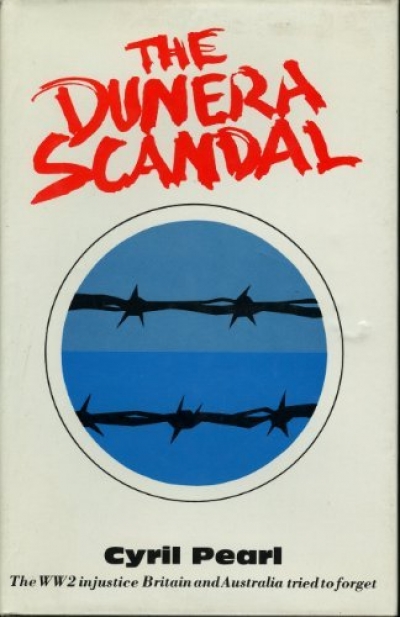Archive
The portrait likely to emerge in this article will be more that of a trend in Australian literature than of a writer named Frank Hardy.
... (read more)There have been important publications in each of the fields of literary criticism, memoirs and biography, and history in New Zealand during the last few years. In a brief survey it is hardly possible to cover the field entirely; what I can do is to indicate what I take to be the important titles in each of these areas.
... (read more)The art of poetry is alive and well in New Zealand in the 1980s. In spite of the economic recession which has decimated literary journals and made the publication of poetry more than ever a dubious commercial proposition, in terms of both quality and quantity New Zealand poetry has probably never been stronger. There are a number of factors contributing to this situation. One is that, leaving aside isolated colonial precursors, poetry as a continuous history in New Zealand is a relatively recent affair going back only fifty or sixty years. Consequently, the stream has become broader and deeper with each passing decade, and yet the beginnings of the tradition are still (as it were) concurrent through the survival and continued activity of poets such as Allen Curnow, now in his seventies, who published his first book fifty years ago. There are in the 1980s poets active from every subsequent generation which has fed into the stream: poets from the 1940s (Louis Johnson, Kendrick Smithyman, Alistair Campbell), poets from the 1950s (Ruth Dallas, W.H. Oliver, C.K. Stead), poets from the 1960s (Vincent O’Sullivan, Hone Tuwhare. Michael Jackson), poets from the 1970s (Sam Hunt, Bill Manhire, Ian Wedde), and finally poets who have emerged within the last few years (Meg Campbell, Keri Hulme, Cilla McQueen), to mention only representative names.
... (read more)The house of fiction in New Zealand, neither a large not crowded dwelling at the best of times, has emptied somewhat dismayingly over the past year or two with the deaths in rapid succession of four highly respected long-term tenants: Ngaio Marsh, John A. Lee, Frank Sargeson, and M.K. Joseph, the first three of whom have been in residence for almost fifty years.
... (read more)How do you get a first novel up and running? Random House has done so with a show of faith unusual amongst Australian publishers ... and faith can move mountains of books. The Last Time I Saw Mother is handsomely produced and has an equally handsome print run of 20,000. It’s been sold into the shops in numbers and its author – Manila-born Sydney-based copywriter, Arlene J. Chai – has had her name linked with Amy Tan and Jung Chang. The back cover has a brisk encomium from Bryce Courtenay, who encouraged her to write. Effective marketing indeed, although one reviewer has commented on an element of cultural cringe.
... (read more)Australia is not the science-fiction capital of the world; in fact we are probably not even on the map. This unfortunate fact would change if we could produce more writers like Paul Collins.
... (read more)Ten years ago, as I prepared to leave for three months in New York, an Australian friend resident in the USA sent a brochure about a new kind of portable typewriter which she said might be worth my buying. The machine could memorise a whole line of type which could be corrected by being viewed in sections through a panel capable of displaying sixteen letters or spaces. When I reached New York, she warned me off that model. An even better version would be available before I left town, one able to memorise an entire page.
... (read more)Quite a few years ago, when the future was far more important than the days gone by and the past hadn’t acquired that elusively seductive voice to beckon me with the urgency that it does now, I tended to be rather flippant about the notions of ‘home’ and ‘homeland’. ‘Home’ simply meant where I was at any given time. To an extent such a shallow definition can be attributed to my early experiences of travel and the consequences of the constantly changing landscape which confronted a young backpacker who didn’t feel the necessity of a cultural anchor. I simply moved from one country to another, with the restless compulsion of the Wandering Jew, to satiate a curiosity sparked off by a trip to the exotic wilderness of the Khyber Pass when I was a child.
... (read more)Wildlife film-makers Richard Southeby and his wife Nicole Vander are filming a duck hunt at Great Dismal Swamp, North Carolina, where Greenpeace demonstrators plan to make their presence felt. Their fanatical leader, Simon Rosenberg, has a flowing beard and deeply troubled eyes. His idea is to get his troops in front of the guns, really provoke the shooters and obtain maximum publicity. Remind you of anyone? But then in the early stages of filming, Nicole is blown away into the swamp by an unseen assassin. Who’s responsible? Greenpeace crazies? Duck hunters? Or an international hired hitman known as the Jaguar? You guessed right.
... (read more)
